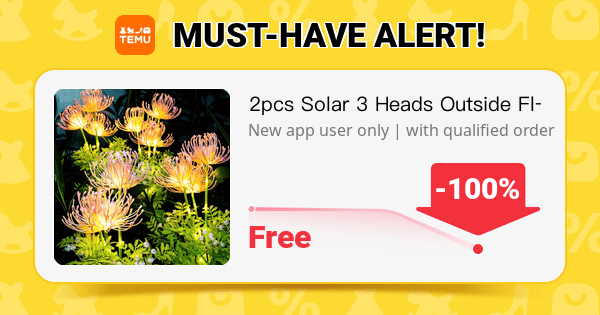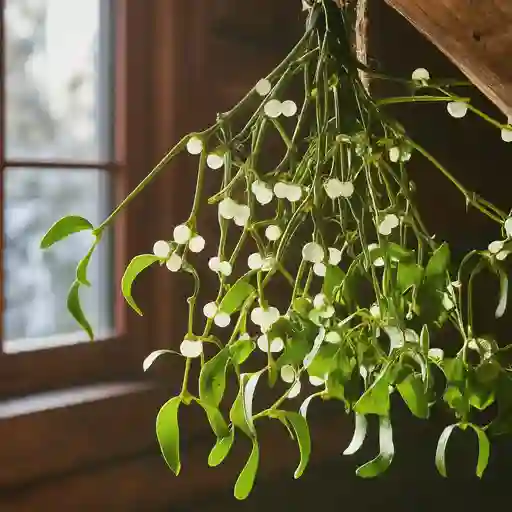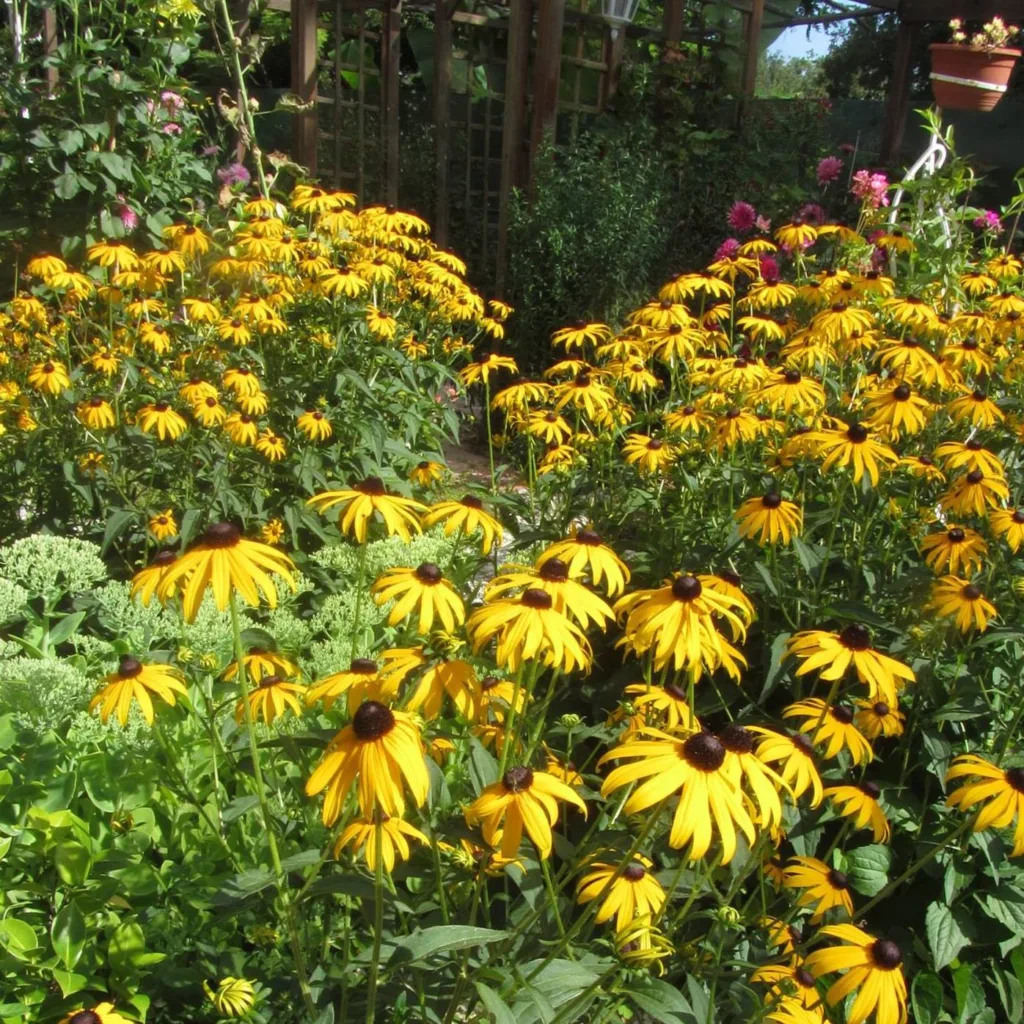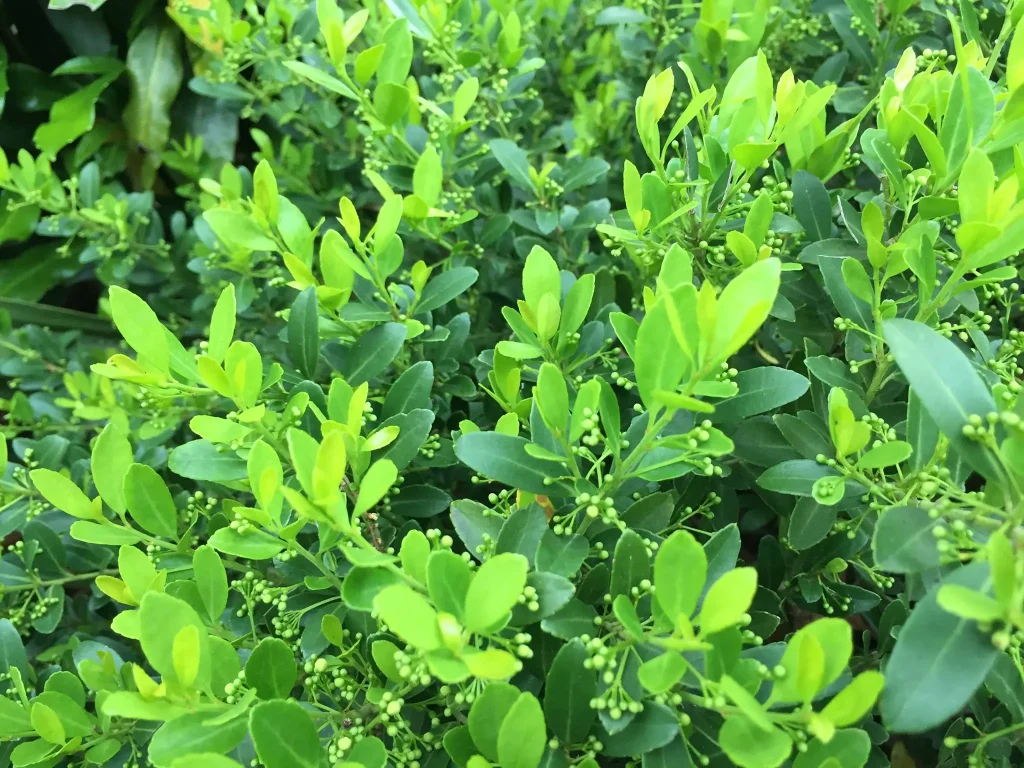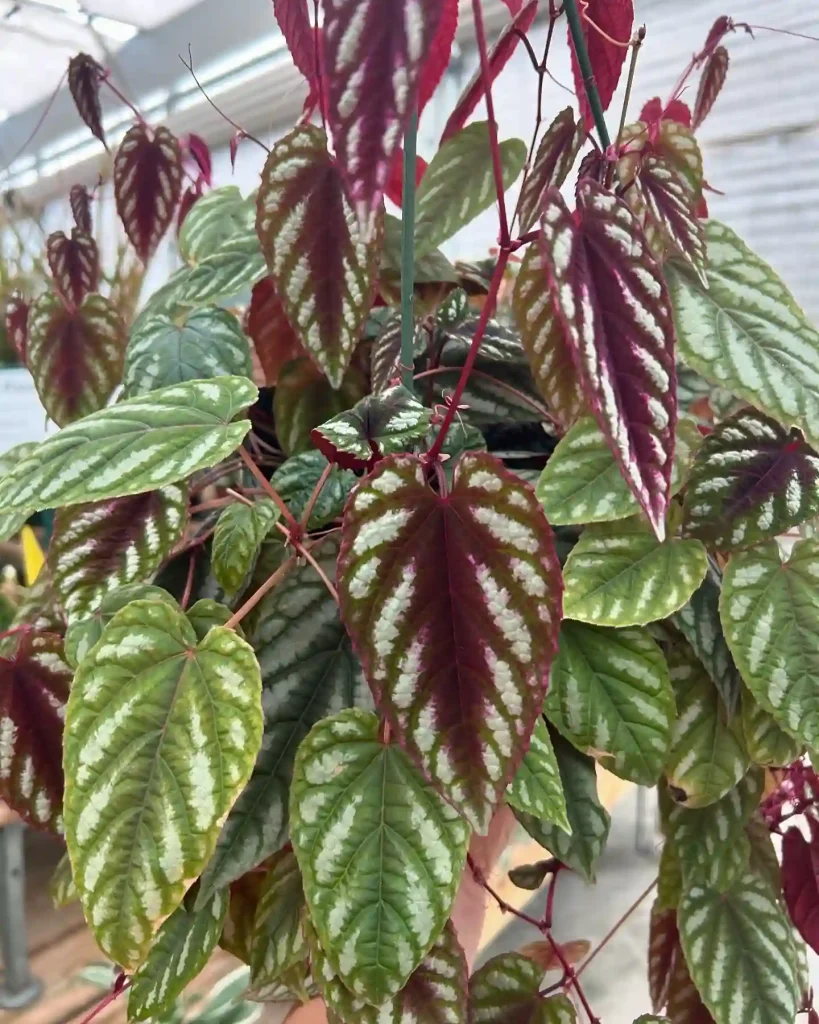Fittonia, also known as the nerve plant, mosaic plant, or net plant, has been a fascinating addition to my indoor plant collection. Its delicate, veined leaves and vibrant colors make it a standout houseplant. However, I quickly discovered that Fittonia is not your typical low-maintenance plant; it has its quirks and demands. In this article, I’ll share my experiences and insights into caring for this charming but somewhat temperamental green companion.
Fittonia Profile
Before delving into my journey with Fittonia, let’s start with some essential information about this captivating plant.
- Common Names: Nerve plant, mosaic plant, fittonia, painted net leaf
- Botanical Name: Fittonia
- Family: Acanthaceae
- Plant Type: Perennial
- Mature Size: 3–6 inches tall, 12-18 inches spread
- Sun Exposure: Partial
- Soil Type: Moist but well-drained, slightly acidic (pH 6.5)
- Bloom Time: Summer
- Flower Color: White, red
- Hardiness Zones: 11 (USDA)
- Native Area: South America
Fittonia Varieties
1. Fittonia Albivenis
2. Fittonia Argyroneura
3. Fittonia Gigantea
4. Fittonia Rosa
5. Fittonia Frankie
6. Fittonia Red Vein
7. Fittonia White Anne
8. Fittonia Lemon
9. Fittonia Mont Blanc
10. Fittonia Mosaic White Tiger
11. Fittonia Mosaic Kings Cross
12. Fittonia Superba Lemon
13. Fittonia Fortissimo
14. Fittonia Pink Angel
15. Fittonia Mini White
16. Fittonia White Angel
17. Fittonia Pink Anne
18. Fittonia Red Anne
19. Fittonia Black Star
20. Fittonia Verschaffeltii
21. Fittonia Mania
22. Fittonia Grey Sensation
23. Fittonia Verschaffeltii Pink
24. Fittonia Pink Star
25. Fittonia Red Star
Nerve Plant Care: My Personal Journey
As I embarked on my journey with Fittonia, I quickly realized that this plant required a unique set of care instructions. Here are some crucial aspects I’ve learned to consider:
1. Light: Fittonia thrives in bright, indirect light, making it ideal for north or east-facing windows. It’s essential to avoid exposing it to direct sunlight, as this can lead to leaf burn.
2. Soil: Fittonia prefers a standard potting soil mix with a base of peat moss. Maintaining a slightly acidic soil pH (around 6.5) is crucial. The soil should retain some moisture while allowing for proper drainage.
3. Water: Keeping the plant consistently moist is a challenge, but it’s necessary. Fittonia is prone to collapsing if it dries out, so it’s essential to water it thoroughly when the top 50% of the soil is dry. On the other hand, overwatering can lead to yellowed and limp leaves, so finding the right balance is key.
4. Temperature and Humidity: Fittonia thrives at temperatures around 70°F but can tolerate a range from the low 60s to low 80s. Maintaining high humidity levels is crucial, similar to the conditions found in rainforests. Regular misting or the use of a room humidifier can help achieve this.
5. Fertilizer: During the growing season, I feed my Fittonia weekly with a diluted liquid fertilizer formulated for tropical plants. A balanced 5-5-5 fertilizer at half strength works well.
6. Pruning: Fittonia can grow quickly under the right conditions, and if the stems become leggy, pinching off the tips helps maintain a full and bushy growth. Removing insignificant flower buds also promotes lush foliage.
7. Propagation: Nerve plants propagate easily from stem-tip cuttings taken during late spring or early summer. Ensuring there are at least two growing nodes on the cutting and potting it in a peat-based soil mix are essential steps in successful propagation.
8. Potting and Repotting: Fittonia can be potted in any standard potting soil mix with bottom drainage holes. Repotting annually in spring or early summer with fresh soil helps prevent soil compaction and waterlogging.
Common Pests and Problems:
Fittonia can face issues like fungus gnats, mealybugs, or aphids. Immediate treatment with insecticidal oil is crucial, along with isolating affected plants to prevent infestations from spreading. Other common problems include yellowing leaves due to overwatering and leaf drop caused by cold temperatures or drafts.
FAQs: Answering Your Fittonia Questions
Are nerve plants easy to care for?
Nerve plants aren’t difficult to care for, but they can be temperamental due to their need for high humidity and a tropical climate. Maintaining the right conditions, such as temperature and moisture levels, is essential.
Can nerve plants grow indoors?
Yes, nerve plants thrive indoors, making them suitable for most households, except for those in USDA hardiness zone 11 or higher.
How fast do nerve plants grow indoors?
Nerve plants are slow-growers when cultivated indoors, making them ideal for smaller spaces and indoor environments.
Conclusion
My journey with Fittonia has been a rewarding experience despite the challenges it posed. This charming houseplant has taught me valuable lessons in patience, attentiveness, and the importance of creating a suitable microclimate within my home. While Fittonia may require extra care compared to some low-maintenance plants, the effort is undoubtedly worth it for the beauty and character it adds to any indoor space. Whether you’re a seasoned plant enthusiast or just starting your green journey, consider adding a Fittonia to your collection and embark on your unique adventure with this captivating nerve plant.
